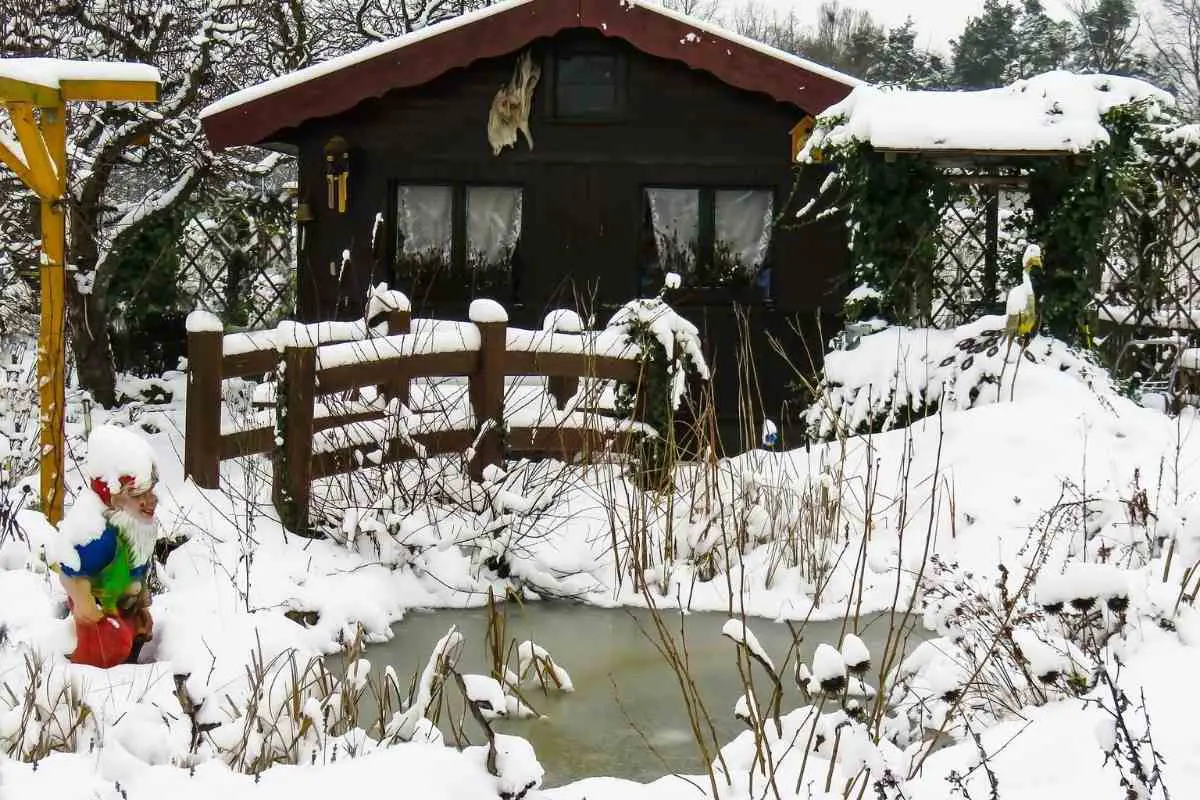A lot of people have a home garden to add beauty to the landscape and create a relaxing environment.
However, these home gardens need all-year-round care, even during winter.
Some pond plants may die off during the winter season if they are not catered for properly.
However, you can protect your plants by overwintering them.
Overwintering is the process of preparing pond plants to overcome the harsh winter conditions.
It involves specific steps that you can take to protect plants from dying during this period.
What to Expect? Preparing plants for the winter will depend entirely on the type of plants in your garden. This article will look at how you can winterize all types of pond plants.
How Do You Prepare Your Pond for The Winter?
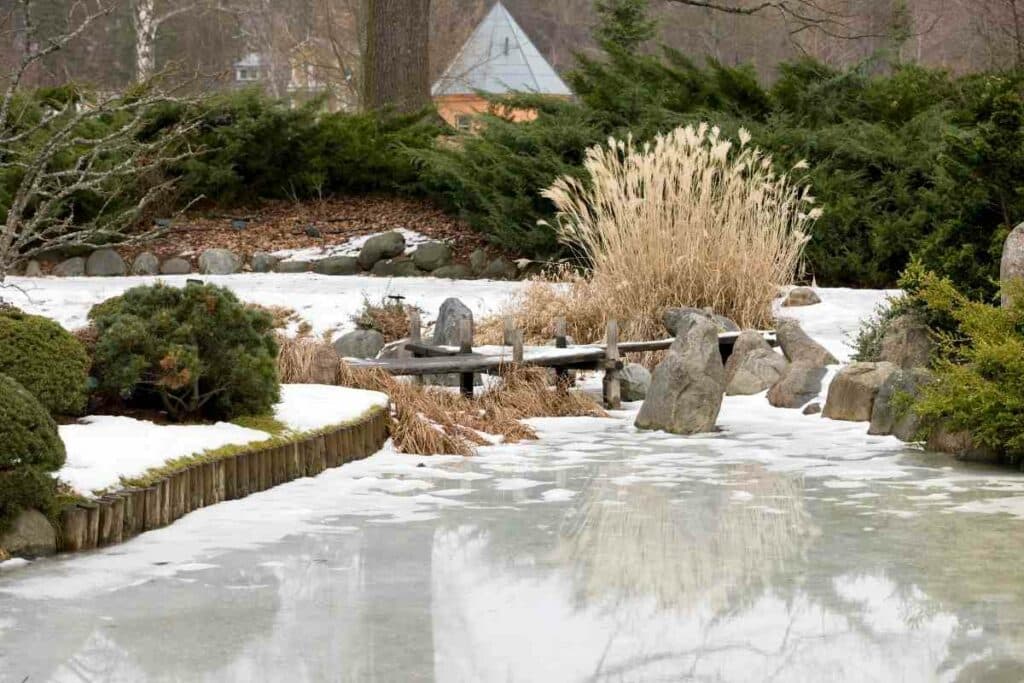
Every home garden owner has a way of preparing their ponds for the winter season.
Here is how you can prepare your pond for the winter.
Take out any debris or leaves from the pond
The first thing you need to do is remove any dead leaves or other organic materials from the pond.
Start from the top of your pond and work your way to the bottom. Ensure that you collect all debris. You can use a rake or pond net to collect the dirt in the pond.
Also, ensure that you get all the sludge at the bottom of the pond (use a pond vacuum to achieve the best results).
Cut any dead or dying leaves from the garden plants
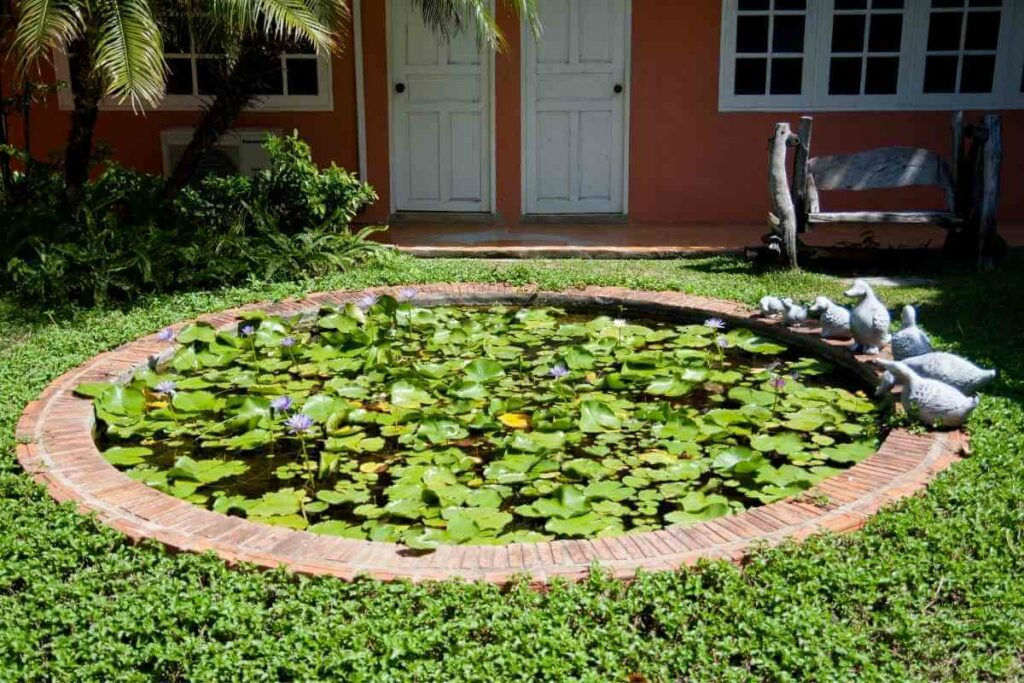
Next is preparing the plants for the winter.
Start by cutting dead leaves.
Cutting the dead leaves prevents them from falling into the pond and forming sludge.
Shut your pump, remove it and clean it for storage
If you live in a moderate climate, where ponds don’t freeze completely, you can leave your pump running.
Leaving the pump during the winter helps boost oxygenation in the pond.
If you leave your pump during the winter, you will need to check on it more often.
This ensures that no ice dams are formed that can reroute water out of the pond.
If you live in colder climates, you can remove, clean the pump and store it for use during other seasons.
When storing your pond pump, place it in water so that the seals may not dry out.
You can add cold water beneficial bacteria to your pond (this is optional)
Coldwater beneficial bacteria help improve water quality by dissolving any debris that may enter your pond during the winter.
These bacteria are intended to work in areas below 10 degrees Celsius.
If you have any filters, remove, clean, and store them
Remove any filters in your pond, clean them, and store them in the house.
Also, drain the water from your pumps to prevent them from cracking when the water freezes.
If you have any other pond equipment, remove it, clean it, and store it in the house or garage.
Add a pond heater so that your pond will not freeze completely
In frigid regions, ponds are susceptible to freezing.
When your pond freezes, it restricts oxygen from entering the pond. It also prevents the release of harmful gases from the pond.
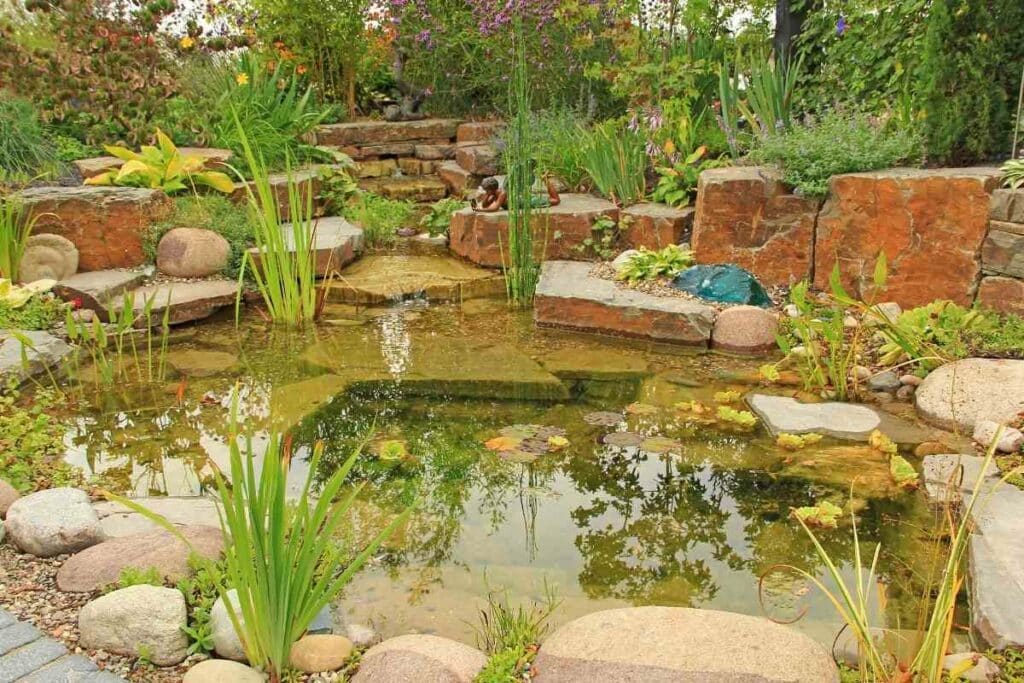
Adding a pond heater or de-icer ensures that your pond stays oxygenated during the winter months.
It does this by creating a hole in the ice that permits the proper exchange of gases.
Once you winterize your pond, you can go ahead and winterize your plants.
How to Prepare Your Pond Plants for The Winter?
Now that your pond is ready for the winter, the next step is to winterize your pond plants.
Pond plants may survive winter if they are adequately cared for. You can bring them indoors or lower them into the pond.
How you winterize your plants will depend on the type of plant you have in your pond. Different pond plants are winterized in different ways.
How to Winterize Hardy Pond Plants?
Hardy ponds plants can grow and survive in cold seasons, but they become dormant during winter.
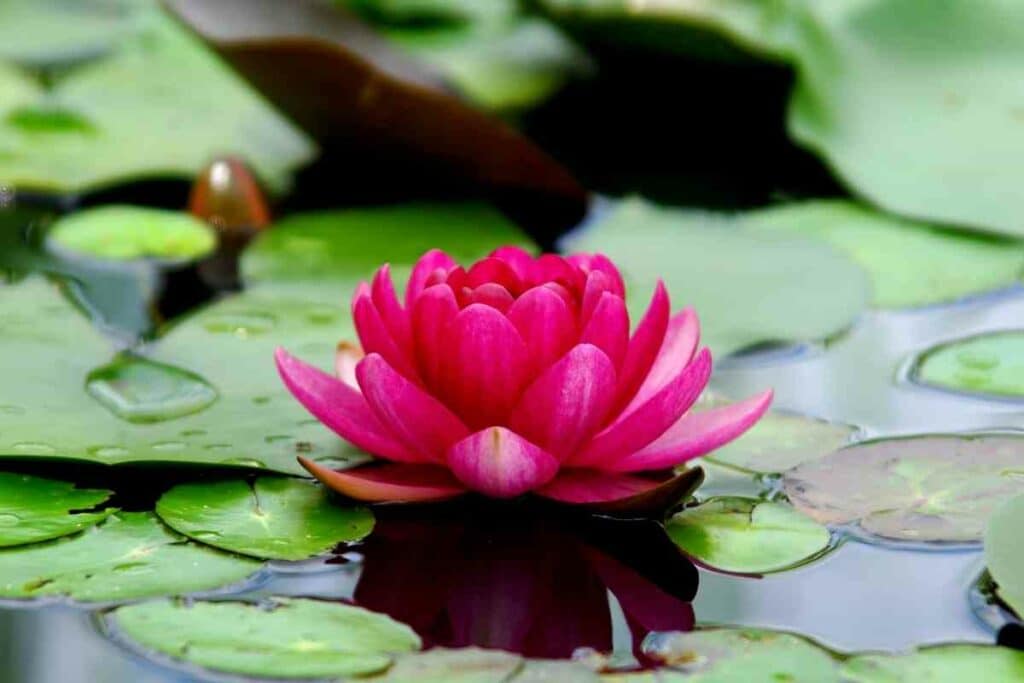
So, as the weather becomes colder, you can stop fertilizing them.
Hardy pond plants include:
- Hardy Water Lilies
- Water Hyacinth
- Frogbit
- Horsetail
- Water Hibiscus
- Water Plantain
- Water Soldier
- Hornwort
- Lotus
You can start winterizing the hardy pond plants when the first frost hits.
Here is how to do it:
- Cut all the dying leaves from the plants.
- Place the vases in the deepest part of your pond, where the water is warm during winter.
- If you do not have a deep pond, you can preserve them in a Styrofoam cooler. Place the cooler in the house at 5 degrees Celsius. Ensure the plants are well hydrated and out of direct light during this time.
- After the winter has ended, you can return the plants to their original location.
How to Winterize Non-Hardy Pond Plants?

Non-hardy pond plants cannot survive the winter if left out in the cold.
Non-hardy pond plants include:
- Poppies
- Water Hawthorne
- Mosaic
- Floating heart
- Floating pond plants, e.g., water lettuce, water hyacinth
You can winterize these pond plants in two ways:
- Let them die and compost them, and then you can replace them after winter is over.
- Place them indoors.
If you decide to place them indoors, you have to remove them before the first frost appears.
Bring them indoors and place them in water at 18 degrees Celsius.
They will also need exposure to light for extended periods (10 hours per day).
How to Winterize Tropical Plants?

Tropical plants naturally grow in hot and humid areas.
Thus these plants can’t survive the harsh winter climate.
You can protect them in various ways.
- Before the first frost hit, cultivate the bulbs of your tropical plants. Place them in a dry place and allow the bulbs to dry. When they dry, brush off all the soils and place them in a box indoors. The area you store them should be cool and dark. You can replant the bulbs during spring.
- The other way is moving the tropical plants indoors. This is common practice to overwinter tropical plants. Place the plants in an area where they will receive plenty of sunlight. However, ensure that they are not exposed to cold air.
- Another common practice is allowing the tropical plants to go dormant. To do this, wait for the first frost to hit. Cut the plants short to about 8 inches, then place the plant containers in the house or garage.
Note tropical plants should be stored in a cool, dark place during the winter.
The temperatures should be above the freezing point but below 10 degrees Celsius.
You can water the plants with some water when you notice the soil is dry.
How to Winterize Marginal Plants?
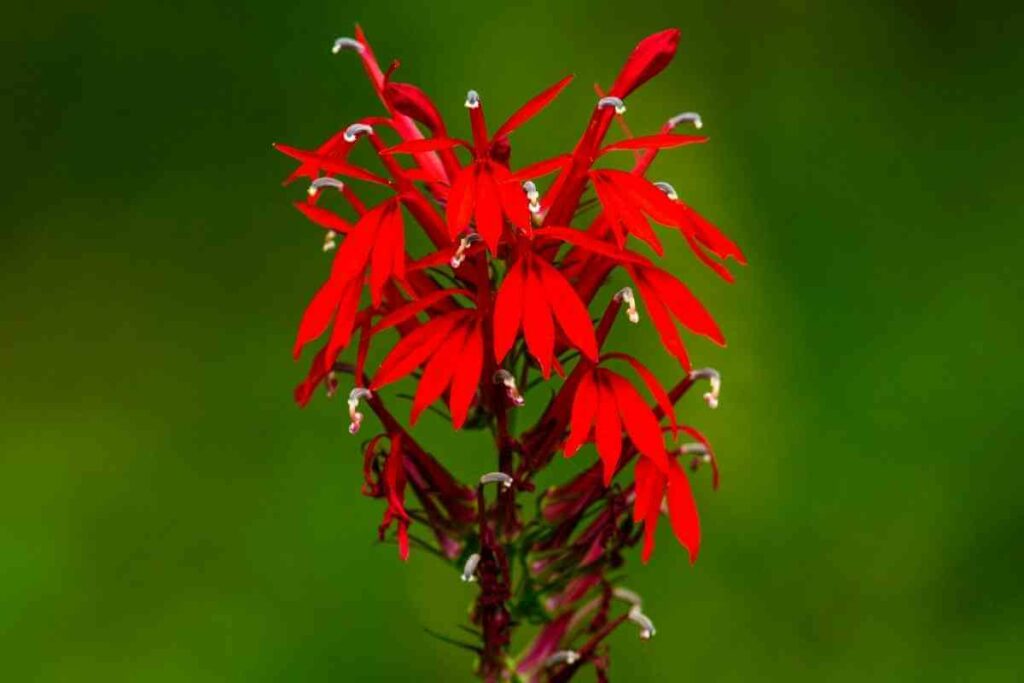
Marginal plants are aquatic plants that grow on the edges of the garden pond.
They include:
- Papyrus
- Cardinal flower
- Bluebells
- Cattails
You can overwinter them by cutting the plants to the level of the garden pond.
This way, no part is left outside to freeze.
How to overwinter submerged plants?
Submerged plants are aquatic plants that most of the vegetative part is underwater.
For example:
- Hydrilla
- Eelgrass
- Pondweed
- Elodea
You can overwinter submerged plants by dipping them in water completely.
Ensure that no part of the plant is left above the water as they may freeze and die.
You can also move the submerged plants indoors and place them in an aquarium.
What Should One Consider When Preparing Plants for The Winter?
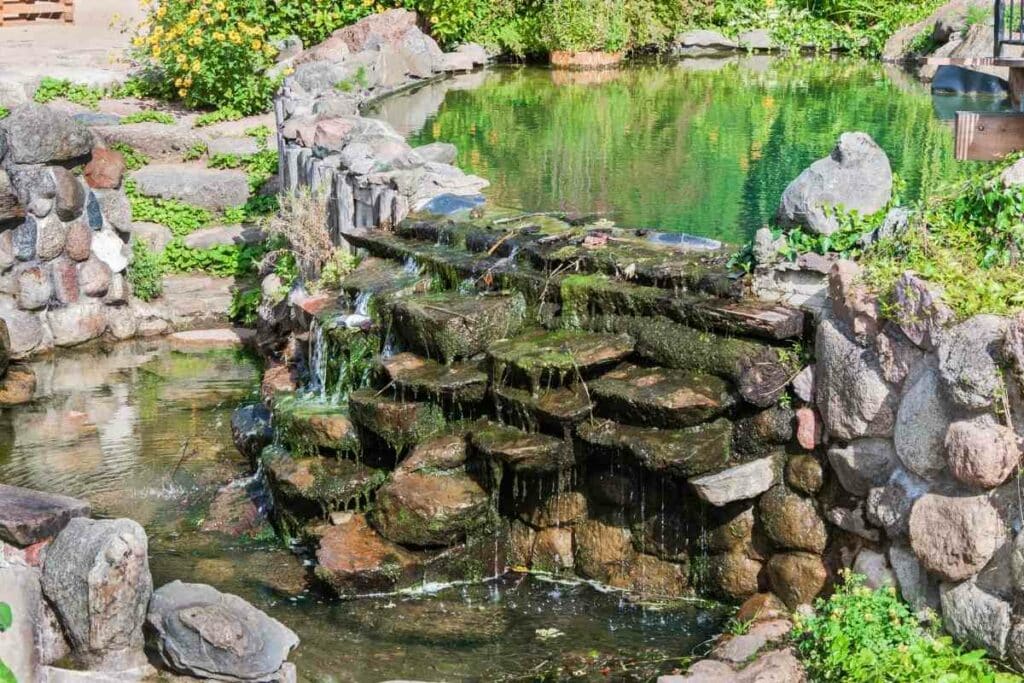
When preparing your pond plants for the winter, you need to consider several factors such as the following.
The depth of your pond
Knowing the depth of your pond helps you prepare better for the winter season.
Water is less likely to freeze to the bottom if you have a deep pond.
However, this may not apply to shallow ponds as they may completely freeze.
Your hardiness zones
Regions have different hardiness zones.
For instance, a hardy plant in hardiness zone 2 may not be hardy for hardiness zone 5.
For this reason, it is essential to know your hardiness zone and the plants in your pond if they are hardy for your region or not.
Growing zones
You need to know the kind of gardening zone you are in.
This will allow you to know the kind of plants that can thrive in your region.
Also, it will help you know if the plants will pull through the winter or not.
Keep plants indoors
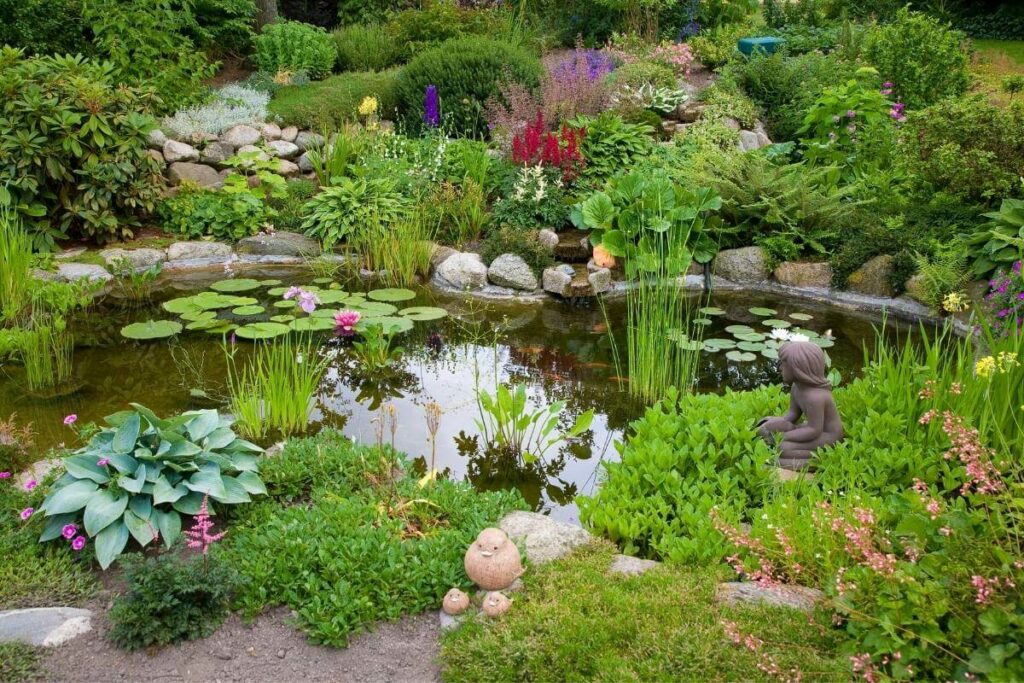
If your plants are not hardy for the zone you are in, the best thing to do is move them indoors.
Consider using indigenous plants
Using indigenous plants suitable for your region ensures that plants survive the winter seasons.
Ice or no ice on the pond
If ice forms on the pond, you should consider moving the plants indoors before the first frost falls.
Before the temperatures get too low, move them indoors, especially with tropical plants.
Ice on the pond may damage the plants and cause them to die.
This is because ponds with ice may not get enough oxygen, and waste gases may accumulate in the pond.
On the Other Hand – Ponds with no ice on the surface may be okay for some plants, but not for all. You may consider placing them indoors till the winter season is over.
Consider keeping the plants green
You should know the type of pond plant you have and how to keep it green and protected from the harsh conditions of winter.
This is important as it will help you identify the best way to overwinter them.
Keep the plants dormant
Dormant plants do not need high maintenance.
Keeping them dormant is a good option to consider.
You should allow all the leaves to fall and remove the stems just before the frost begins to fall.
Then, store them indoors in a container in a cool and dark place.
You can spray some water when you notice the soil is dry.
Cutting off the top part of the plants
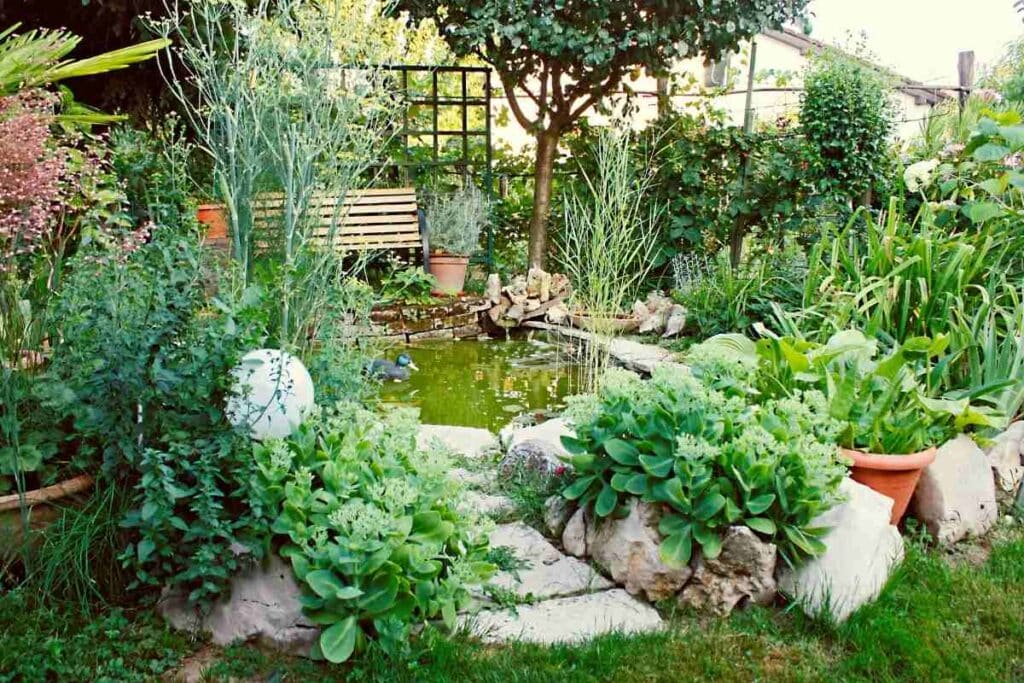
If you are considering leaving the plants in the pond, it is a good idea to trim off the top parts of the plant.
Doing this will protect the plants from freezing and dying.
Final Thoughts
During the winter season, pond plants are prone to freezing and dying.
However, this can be prevented by overwintering them. How you overwinter your pond plants depends on the kind of plants.
Prepare your garden pond by cleaning it and removing debris before overwintering your plants.
Remember, with proper care; pond plants can survive the harsh conditions during winter. Ensure that you overwinter your plants at the right time in the right way.
